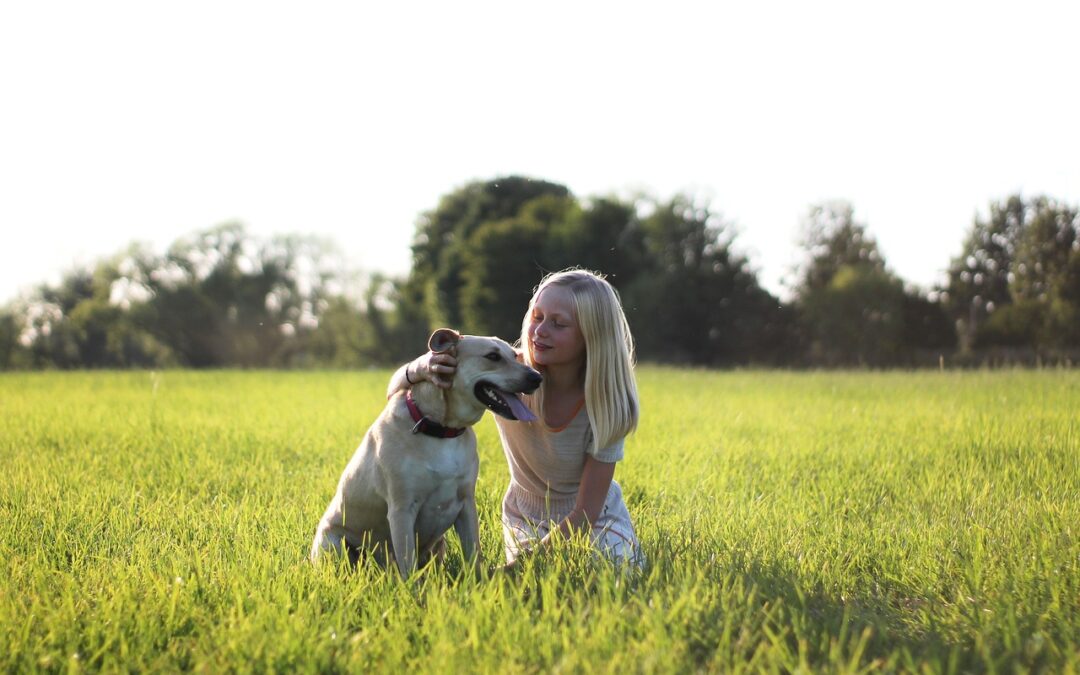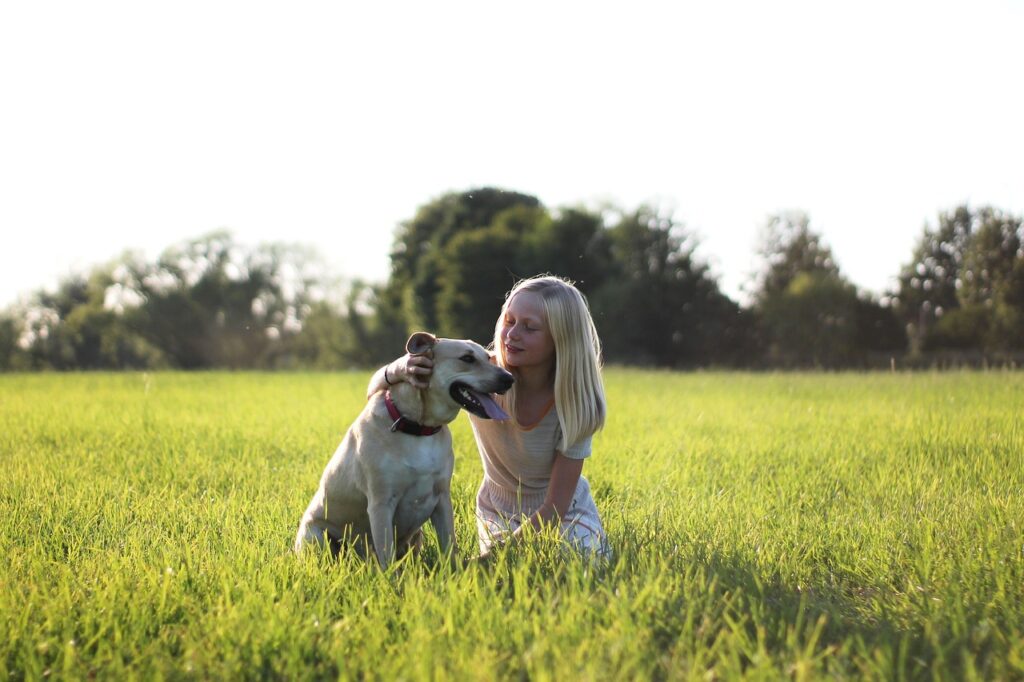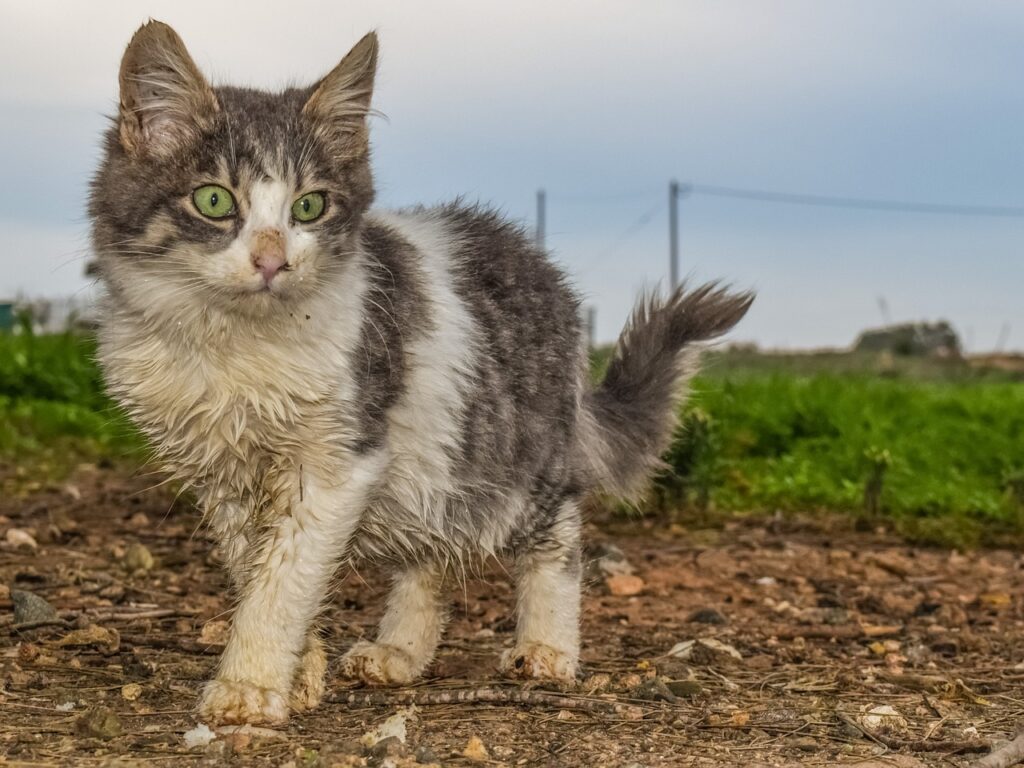Navigating Cruelty-Free Living – In today’s world, where the ethos of compassion stretches far beyond the boundaries of human interaction, responsible pet ownership entails a conscious effort towards cruelty-free living. This article delves into what it truly means to live cruelty-free as a pet owner, the significant role you can play in combating animal abuse, and how to foster a sustainable cruelty-free lifestyle. As pet owners, you have the unique capability to not only provide a loving home to your pets but also advocate for the welfare of all animals through your everyday choices. Let’s explore how you can contribute to a kinder, more ethical world.
Defining Cruelty-Free Living in the Context of Pet Ownership
Cruelty-free living goes beyond just choosing products not tested on animals; it’s about embracing an ethos that respects and enhances the lives of all creatures. For pet owners, this philosophy starts with how you care for your companion animals and extends to every aspect of your consumer behavior. It involves selecting pet food, grooming products, and accessories that are ethically sourced and produced without harming animals. Moreover, it means being mindful of the companies and brands you support—preferring those committed to sustainable practices and the humane treatment of animals. Embracing this lifestyle not only aligns with a moral responsibility but also sets a powerful example for others in your community.
Stop Animal Abuse: Effective Ways Pet Owners Can Intervene
Stopping animal abuse is not just about reacting to negative situations but proactively preventing the mistreatment of all animals. As a pet owner, you can intervene by staying vigilant and informed about the signs of abuse and neglect. Educate yourself and your community on how to spot these signs and understand the proper steps to take action, such as contacting local animal welfare organizations or law enforcement. Furthermore, advocacy plays a crucial role—support legislation that protects animals and promotes welfare standards, and participate in community programs that raise awareness about animal cruelty. By taking these actions, you directly contribute to a culture that does not tolerate animal abuse.
The Role of Pet Owners in Promoting Cruelty-Free Living Within Communities
Pet owners often hold a respected status in their communities as caretakers of living beings, which puts you in a pivotal position to influence others. You can promote cruelty-free living by leading community initiatives such as educational workshops, cruelty-free markets, and pet-friendly events that advocate for and educate about animal welfare. Collaboration with local businesses to support cruelty-free products and services can also amplify the impact. By creating a community that values ethical treatment of animals, you help to weave cruelty-free principles into the fabric of everyday life, encouraging others to make more conscious choices.
Understanding Animal Cruelty: Recognizing the Signs in Everyday Life
Recognizing the signs of animal cruelty is essential for intervention and prevention. These signs may include visible injuries, signs of poor nutrition, inadequate living conditions, or the animal showing signs of distress or fear. Being able to identify these signs is the first step in taking action. It is also important to understand the psychological and environmental factors that can lead to animal cruelty to better educate and inform others about how to prevent it. Knowledge is power, and in the fight against animal cruelty, it is an indispensable tool.
Long-Term Commitments: Fostering a Sustainable Cruelty-Free Lifestyle
Adopting a cruelty-free lifestyle is a commitment that extends beyond occasional choices. It involves continuous education, community involvement, and advocacy. This section will guide you through setting realistic goals and milestones for maintaining a cruelty-free lifestyle, including choosing sustainable and ethical products, supporting animal-friendly legislation, and participating in or donating to animal welfare organizations. It also covers how to pass on these values to the next generation, ensuring that the commitment to animal welfare and ethical living endures.
Conclusion
Embarking on a journey towards cruelty-free living as a pet owner is not just about making choices that affect your pets directly but about adopting a comprehensive lifestyle that advocates for the ethical treatment of all animals. By defining what cruelty-free means to you, actively stopping animal abuse, promoting ethical practices within your community, understanding the signs of cruelty, and committing to a long-term cruelty-free lifestyle, you make a significant impact. Let’s continue to push forward, creating a compassionate world where cruelty-free living is the norm, not the exception. Your role as a pet owner is pivotal in this noble cause—embrace it with enthusiasm and pride.









